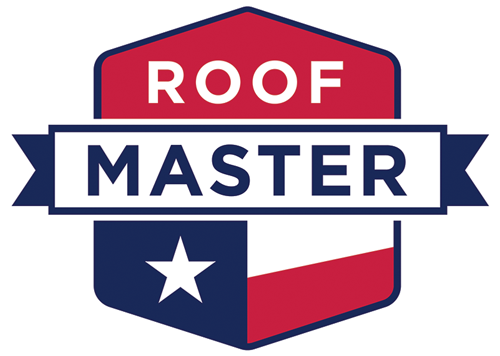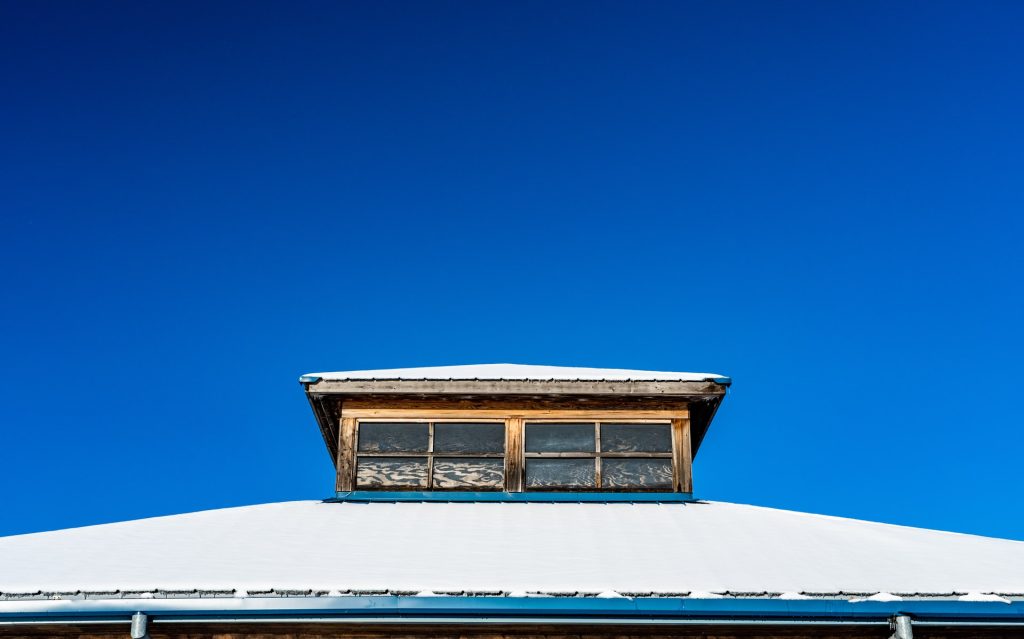With the winter season quickly approaching, you may be wondering: “Can snow damage your roof?” Whether it’s a new roof or one that’s been there for a long time, the impact of snow settling on your roof can be grievous.
There are several ways snow can damage a roof, but learning about these six common cold-weather roofing problems can help you stay ahead of the game.
The 6 Common Causes of Snow Damage To Your Roof
The following are the most prevalent snow-on-roof problems you need to know about as winter approaches.
Ice Dams are a Threat to Your Gutters and Roof
Ice dams can cause a lot of damage to your roof. If snow doesn’t melt and run off the edge, it will freeze overnight. These ice formations become large enough that they begin blocking water from melting snow.
Ice dams also block rainwater from draining away properly because these icicles act as barriers to prevent the liquid from flowing naturally down along its path.
Once these huge icicles block your gutter, they prevent the seamless flow of meltwater from the snow on your roof. This causes snow to back up and spill over your gutters. As a result, your roof can be damaged.
If you notice icicles or ice dams along your roofline during the winter months, it’s a clear sign your roof is overwhelmed with excess snow weight. It’s best to hire an experienced professional for assistance in safely removing them from the roof.
In some cases, snow can create ice dams on the inside of your gutters when there is a draft in your attic or soffits. This causes snow to back up and spill over onto your roof rather than melting naturally from exposure to the sun’s heat during daylight hours.
Snow Will Cause Your Roof to Leak
When the snow melts on the roof, it can drip down through your roofing materials and into the insulation or around windows. If you have ice dams on your roof that aren’t melting fast enough to keep up with snowmelt, this is a recipe for water damage in both your attic space as well as inside of your home.
Ceiling stains and discoloration can signify that snow on your roof is melting and dripping into ceilings. If you notice such stains, it’s time to get onto your roof and remove snow as well as any ice dams that may be blocking snowmelt.
Snowmelt Can Weaken Your Roof’s Wooden Frames, Shingles, and other Parts
When snow is not removed from roofs, it can damage parts of the roofing system. For example:
Snow melts on a roof and then refreezes as it runs down due to heavy snow buildup. Bolts that attach your shingles or other materials to the framework might break or loosen under such stress.
At the same time, your roof’s wooden parts suffer the most when a lot of snow on the roof melts and then refreezes. This snowmelt can shorten the lifespan of wood shingles or cause premature rotting, warping, and splitting.
Floods of Melted Snow on Flat Roofs Can Easily Damage the Roof’s Membranes
The snow accumulated on your roof can also damage the roof membrane when it melts and flows off of a flat roof. That’s because this snowmelt might find its way in between two layers of waterproofing material, thus compromising the integrity of both membranes at once.
When this happens, repairs can be expensive and time-consuming because removing snow from a flat roof can require a lot of work and expertise. You need to maintain constant inspection and use tools like insulating snow guards to protect your membrane from snow damage.
Snow Loads on a Sloped Roof Can Cause Uneven and Stressful Sagging of the Membranes
When snow accumulates, it can create stress and tension in membranes that cause them to sag. This sagging might only be noticeable when the snow melts off during warmer months.
In some cases, snow can cause a flat roof slope to shift and create even more damage. The weight of snow on an uneven membrane might also cause it to buckle and tear over time.
Snow Removal Can Cause Damage If Not Done Correctly
New snowfall doesn’t just put stress on your roof; it can also add weight to already snow-laden roofs. If snow is not removed from your flat or low slope roof before the weather gets too cold and everything freezes up, you need to take precautions when attempting snow removal.
Any mistake during the snow removal process can come in the form of:
- Snow shoveling too close to the edge of a sloped roof can lead to ice dams and buildup.
- Using an incorrect snow rake or snow broom can also be harmful to roofs.
- Trying to snow blow or shovel snow on a roof can cause damage, as can using an ice pick.
It’s best to hire professionals who can remove snow as safely and efficiently as possible.
Preventing Snow Damage to Your Roof
Dealing with snow problems can prove to be challenging, but getting ahead of things to prevent snow damage to your roof can save you a lot of cost and time. Here are some of the effective ways of managing snow on your roof.
- Ensure you maintain a clean roof all the time.
- Use snow guards to prevent snow from accumulating on your roof.
- Use a proper snow rake when you are performing the annual maintenance of the exterior part of your home. Avoid using ice picks when removing snow, as they can cause damage to shingles and roofs in general.
- When it comes time for the snow to melt in spring, do not apply snow salt. Let warm weather take care of the snow-melting process. Applying snow salt can cause damage to shingles and roofs.
- Do not use snow plows or snow blowers on your roof when you want to clean snow off of it. You can cause damage.



